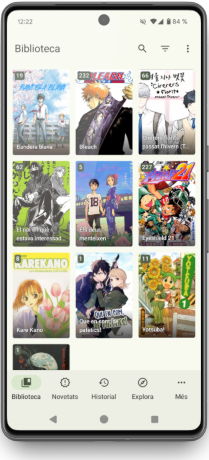
App localization
We are surrounded by all kinds of apps and software: on our mobile phones, tablets, computers, vehicles, and many other home devices. It’s essential that we can communicate with them using simple and accessible language, and we must be able to use our own language.
I’ve dedicated much of my career to developing various apps and software, which is why I fully understand the challenges that arise when localizing software: the importance of context for translators, pluralization in foreign languages, variables and placeholders, and even the ability to switch text rendering from right to left.
Maintaining a glossary of terms is crucial to ensure consistency across translated strings. Direct communication with developers is also key, in order to request necessary changes for proper localization. Given my programming experience, I can even propose algorithms to solve problems, such as handling apostrophation depending on variable contents or conjugating gendered words (both essential features of the Catalan language).
Another important aspect of the localization process is maintaining a good change control, whether through a computer-assisted translation (CAT) tool or any other system that can store the history of translated strings.
My experience in mobile apps has given me a solid understanding of key concepts, such as the importance of accounting for different devices (especially since this can affect the maximum length of text), and, less technically, the importance of frequent updates to fix errors: if a string contains a mistake, it should be corrected in a future update.
I’ve translated several apps and other kinds of software, including Aegisub, itch.io, openScale, and Weblate. You can explore these projects in detail in the project portfolio.
